Canning vegetables is a traditional method of preserving the freshness and nutrition of your natural food, ensuring wholesome produce is available year-round. But what are suitable veggies for canning?
In this guide, I’ll discuss the 11 best types of vegetables for canning, along with detailed instructions on preparing them before canning. You’ll also learn about vegetables that should not be canned.
I’ll also cover which vegetables require pressure canning and which do not, ensuring you have all the information needed to preserve your vegetables safely and effectively. So, read on!
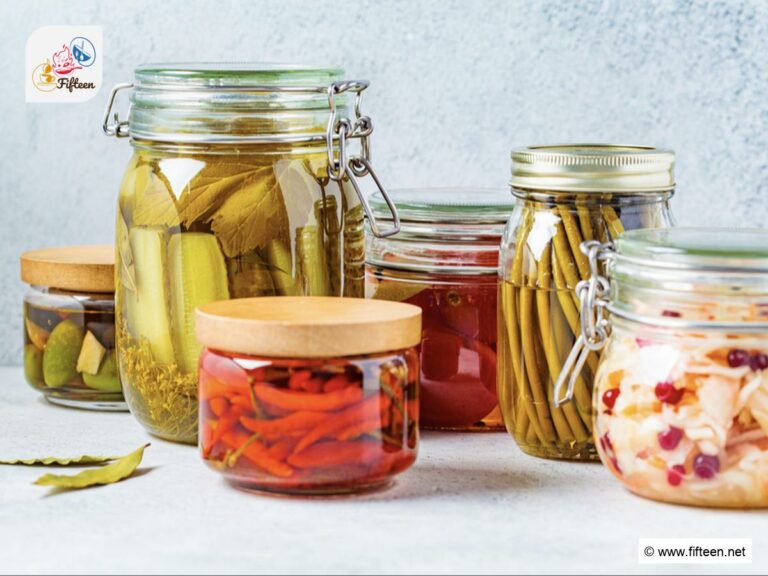
11 Best Vegetables For Canning and How To Prepare Them
Check out the amazing veggies below that you can easily prepare canned food at home. There are also some guides to prepare them before canning.
For easier reading, you can also use the filter system to search for your desired foods.
Cucumber
- For Dishes
- For Garnishes
Cucumbers are perfect for canning due to their firm texture and refreshing flavor. When pickled, cucumbers retain a satisfying crunch when added to sandwiches and salads and as a standalone snack known as pickles.
The ideal cucumber varieties are small to medium-sized ones, such as Boston Pickling, National Pickling, Kirby, Harmonie, etc. These sizes can fit into jars and absorb the pickling solution efficiently.
Additionally, cucumbers are easy to prepare for canning, requiring only a simple slicing or spearing before submerging in the pickling solution.
Green Bean
- For Dishes
Native to Central and South America, green beans, aka string beans or snap beans, are another perfect vegetable for canning. These beans are long, slender, and vibrant green, with a crisp texture and slightly sweet taste when fresh.
When canning green beans, you should select the freshest, firm, and free-from-blemish pods, which is crucial for the best results. The canning process includes trimming the ends, cutting the beans to the desired length, and blanching them to preserve color and texture.
Afterward, they are packed into jars with water and a bit of salt, and then processed using a pressure canner to ensure safety and longevity. This method allows the green beans to maintain their flavor and nutrients, so you can use them in soups, stews, casseroles, and salads.
Carrot
- For Dishes
- For Garnishes
Carrots are a root vegetable ideal for canning and long-term storage. Their firm texture holds up well during the canning process, ensuring they remain crisp and flavorful in dishes like soups, stews, and as a side dish.
Carrots’ high acidity makes them safe for water baths and pressure canning. Begin by selecting fresh, tender carrots, then wash, peel, and cut them into uniform pieces to ensure even cooking.
Moreover, pre-cooking carrots before canning helps retain their bright orange color and sweet flavor. Properly canned carrots can last up to a year, maintaining their quality and taste.
Pepper
- For Dishes
- For Garnishes
Peppers, whether sweet bell varieties or spicy types like jalapeños, are good choices for canning. Originating from Central and South America, the firm flesh of peppers holds up well during the canning process.
Similarly, you should start by selecting fresh, firm peppers, and then washing and cutting them into desired sizes. For best results, blister and peel the skin off before canning, which helps maintain texture and flavor.
Peppers can be canned by water bath and pressure canning methods, depending on the acidity level of the recipe. They are perfect for adding to salsas, relishes, or as standalone pickled peppers.
Corn
- For Dishes
Corn is also great for canning. Corn retains its juicy kernels and sweet taste when canned, which you can incorporate into soups, stews, salads, and casseroles.
Canning corn is straightforward, whether you choose to can whole kernels or cream-style corn. Freshly harvested corn should be blanched before canning to maintain its texture and flavor. This step involves boiling the corn briefly and cooling it in ice water.
Once prepared, the corn is packed into jars with a bit of salt and hot water and processed in a pressure canner to ensure longevity. Overall, canned corn not only enhances the flavor of your dishes but also boosts their nutritional value.
Tomato
- For Dishes
- For Garnishes
When canned, tomatoes retain their color and taste. Ideal varieties for canning include Roma, San Marzano, and other plum tomatoes, which have fewer seeds and a denser flesh.
While tomatoes are generally considered acidic, modern varieties can have lower acidity levels, sometimes requiring the addition of lemon juice or citric acid for canning.
Making canned tomatoes involves simple steps: blanching to remove skins, packing into jars, and processing in a water bath or pressure canner. Hot packing tomatoes is essential to lock in their fresh, summer flavor. The result is perfect for sauces, soups, and stews.
Beet
- For Dishes
- For Garnishes
Owned a red color with an earthy flavor and nutrients, beets are a perfect root vegetable for canning to preserve them for extended periods.
When preparing beets for canning, selecting firm, fresh roots is important. You’ll start with thoroughly washing and trimming the veggies, then boiling them until tender. After boiling, the skins are easily peeled off before the beets are sliced or diced for canning.
Using a pressure canner is recommended to make sure the quality, as it prevents spoilage and preserves the beets’ nutritional value. Beets canned this way can be enjoyed in salads, pickles, and side dishes.
Pea
- For Dishes
Peas, especially the garden or English varieties, are a great choice for canned veggies. Native to the Mediterranean region and cultivated globally, these small, round vegetables maintain their texture and flavor well when canned.
First, you need to pick fresh, tender peas that are fully matured but not overripe. Shell the peas and blanch them briefly to retain their color and firm texture. Peas can be preserved using the pressure canning method.
Properly canned peas can last up to a year, providing a sweet ingredient in soups, stews, and side dishes.
Asparagus
- For Dishes
Asparagus is a prized canning vegetable known for its tender stalks and delicate flavor. Canning preserves asparagus’s taste and nutritional benefits, making it available year-round.
Canning asparagus only requires a few simple steps. Fresh asparagus is trimmed and blanched to preserve its green color and crispness. Then, pack them into jars with hot water and a bit of salt before being processed in a pressure canner.
Canned asparagus is a good addition in soups, salads, casseroles, or as a quick and healthy side dish.
Pumpkin
- For Dishes
Pumpkin, a popular fall vegetable, is ideal for canning thanks to its dense, sweet flesh that holds up well during the canning process.
For canning, select small to medium-sized pumpkins with firm, deep orange flesh. Peel, seed, and cut the pumpkin into uniform cubes to ensure even canning. Due to their low acidity, pumpkins must be canned using a pressure canner.
They are ideal for making soups, stews, pies, and breads. Properly canned ones can last up to a year.
Cabbage
- For Dishes
Cabbage, with dense leaves and a slightly peppery flavor, is an amazing vegetable for canning. It’s often used to make sauerkraut and pickled cabbage.
To can cabbage, it’s typically shredded and fermented with salt to create sauerkraut, or it can be pickled in a vinegar solution. This process not only preserves the cabbage but also enhances its flavor and probiotic content.
The prepared cabbage is packed into jars and should be processed in a water bath or pressure canner. They’re perfect for adding to soups, casseroles, and salads.
Which Vegetables Require Pressure Canning and Which Do Not?
Pressure canning is necessary for low-acid vegetables, such as green beans, carrots, peppers, corn, beet, etc., to ensure they are processed at a high enough temperature (240-250°F (116-121°C)) to eliminate the risk of botulism.
However, not all low-acid vegetables should be pressured canning. Due to texture and safety concerns, leafy greens and other high-water-content vegetables like lettuce, cucumbers (unless pickled), and zucchini should not be pressure-canned.
In contrast, vegetables that are high in acid or are typically pickled do not require pressure canning, such as pickled vegetables or tomatoes with added acidity.
They can be safely processed in a boiling water bath. The added acidity ensures that the pH level is low enough to prevent the growth of harmful bacteria.
Which Vegetables Should Not Be Canned?
Here are 3 key vegetable types that you should not make canned food.
To sum up, canning is a valuable method to preserve the flavor, nutrition, and freshness of various vegetables year-round. By selecting the right vegetables and using appropriate canning techniques, you can enjoy wholesome produce even when it’s out of season.
Start your canning journey today with these top vegetables, and share your favorite canning recipes with friends and family to spread the joy of homemade, preserved goodness!


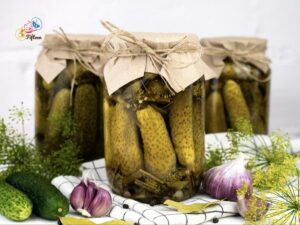
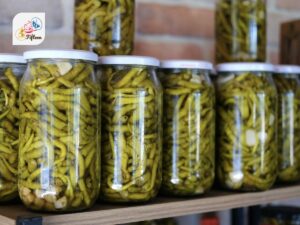
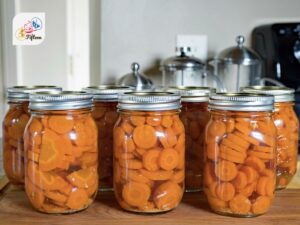
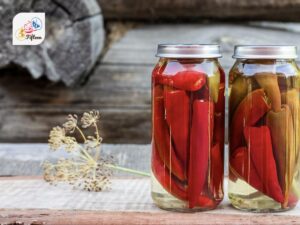
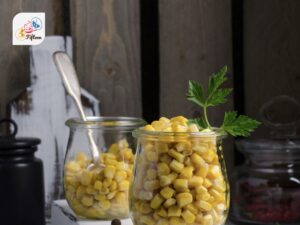
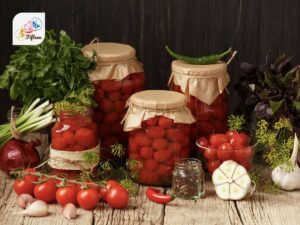
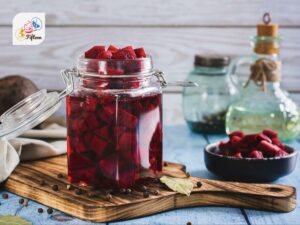
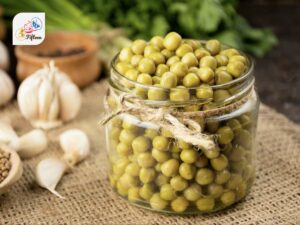
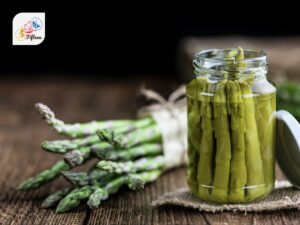
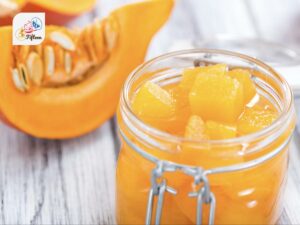
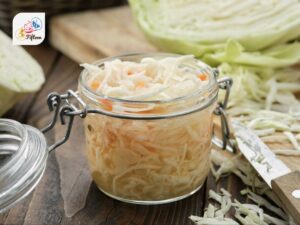
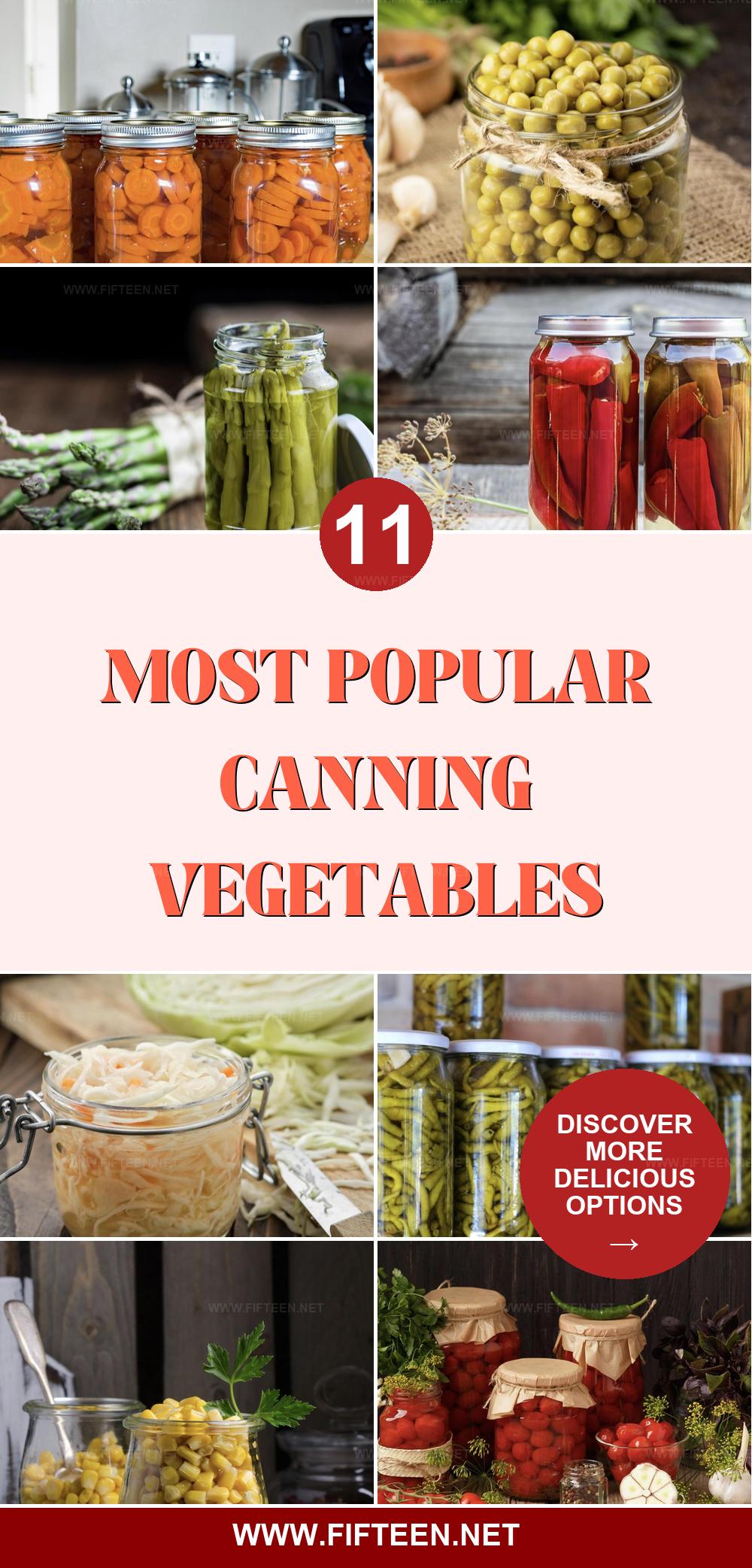
Jamie Scott
Editor in Chief, Senior Content Writer
Expertise
Home Cooking, Meal Planning, Recipe Development, Baking and Pastry, Food Editor, Cooking-video Maker, Western Food Evaluation Expert
Education
Le Cordon Bleu College of Culinary Arts
Local Community College, New York, NY
Jamie Scott is a skilled culinary expert and content creator specializing in Western cuisine. With over 15 years in the culinary field and formal training from Le Cordon Bleu, Paris, Jamie deeply understands how to blend nutrition with delicious flavors. His passion for cooking matches his commitment to making healthy eating accessible and enjoyable.
On Fifteen.net, Jamie brings a fresh perspective to classic dishes and beverages, offering readers insightful recipes, cooking tips, and a fresh view on meal planning that emphasizes taste, health, and simplicity.